Apple released the first developer beta of iOS 26.2, iPadOS 26.2, watchOS 26.2, and tvOS 26.2 today. macOS 26.2 is nowhere to be found yet, but that's not unusual—Apple often staggers its beta releases.
This isn't a headline-grabbing update. No groundbreaking features. No revolutionary redesigns. But it is the kind of update that makes Apple's ecosystem better in ways that actually matter to daily use. The News app finally acknowledges it's become more than just news. Reminders gains alarm functionality that should've existed years ago. Podcasts gets features that solve real problems. Apple Watch sleep tracking gets a much-needed reality check. And perhaps most interestingly, Apple continues its unprecedented pivot toward giving users control over Liquid Glass aesthetics.
Here's what's new.
Apple News Finally Embraces Its Identity Crisis
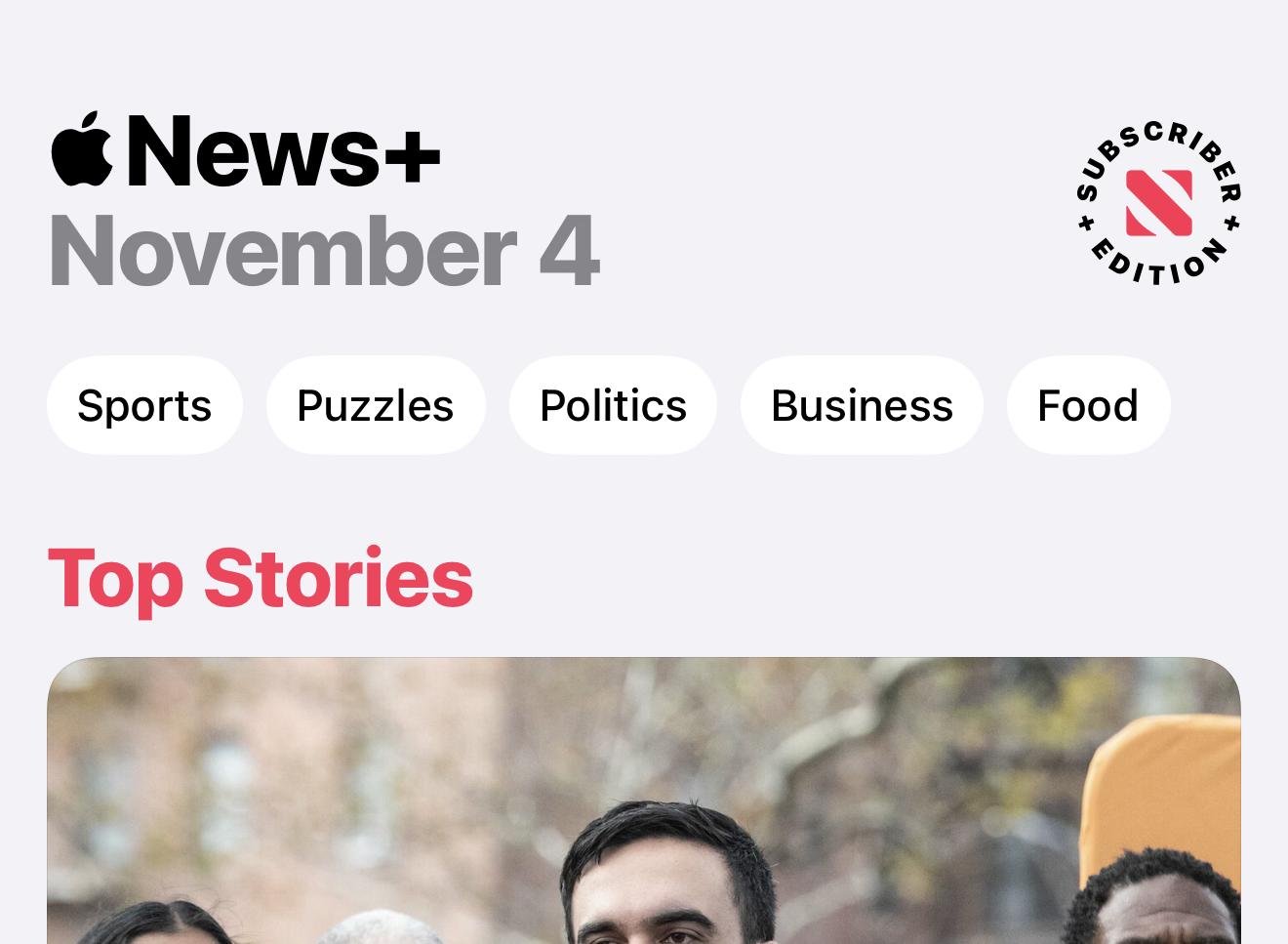
Apple News started life as a news aggregator. Simple concept. But over the years, especially recently, it's morphed into something bigger. Daily puzzles. Cooking recipes. Dedicated sports sections. Deep political coverage. The app outgrew its original purpose, but the navigation never caught up.
iOS 26.2 fixes that. The Today tab now has four quick-access buttons at the top:
- Sports
- Puzzles
- Politics
- Food
Each one takes you directly to its section, usually saving a tap in the process. Not revolutionary, but efficient.
The more interesting change is what Apple did with the bottom tab bar. By moving Sports into that top menu row, they freed up space for a dedicated Following tab. Your followed channels and topics were previously buried in the Search menu—now they get their own home. That's a legitimacy upgrade for what's become one of the most important parts of the app.
Search itself got cleaner too. Instead of dumping you into your followed content, it now shows curated recommendations similar to Apple Music or Apple TV. If you're looking for something new, this makes more sense. If you want your followed content, you now have a dedicated tab.
The basic look of the app hasn't changed much, but the navigation streamlining is significant for anyone who uses News regularly. Apple's acknowledging how people actually use this thing.
Apple Doubles Down on Liquid Glass Customization
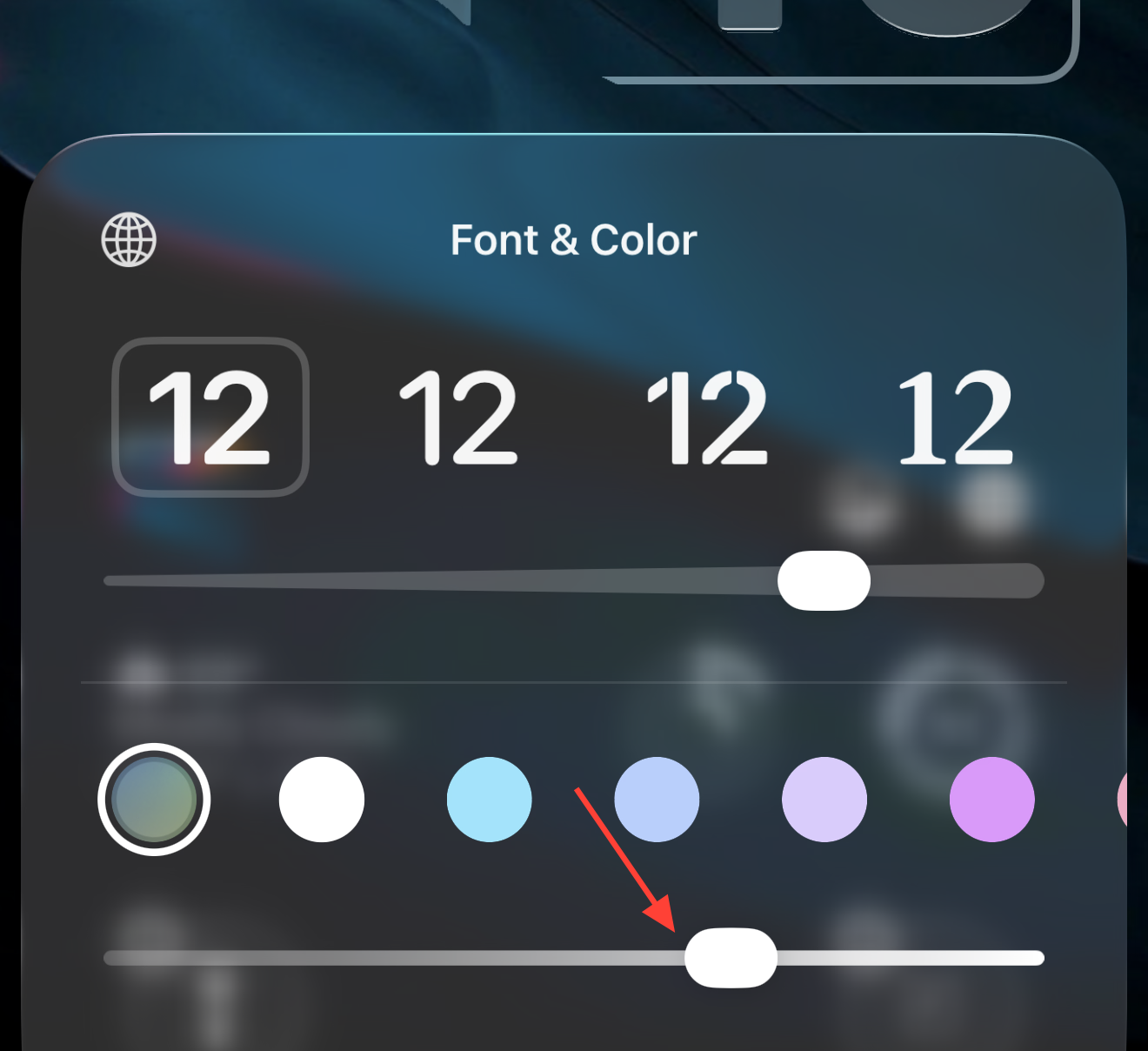
Here's something interesting: Apple is continuing its recent trend of giving users more control over Liquid Glass. iOS 26.1 added a system-wide toggle between Clear and Tinted appearances—a binary choice that was unprecedented for Apple's design language. Now iOS 26.2 takes it further with a Lock Screen-specific slider.
The new slider lets you customize the transparency of your Lock Screen clock on a spectrum from extremely transparent to very opaque. It's available for all font options and lives in the wallpaper editing screen when you tap on the clock.
Unlike the 26.1 toggle, which gives you two options, this is a true slider. You can set the clock's transparency at any point on the spectrum that works for you. Want a slightly translucent clock but not fully clear? You can do that now.
This is the second Liquid Glass customization option Apple has added in as many updates. That's significant. Since iOS 7's flat design overhaul in 2013, Apple has rarely—if ever—given users this level of control over core interface aesthetics. The company's philosophy has traditionally been "we know what looks best." The fact that they're adding granular customization options suggests either the Liquid Glass reception has been mixed enough to warrant flexibility, or Apple is genuinely shifting toward a more user-choice-oriented design philosophy.
Worth noting: Apple still only lets you resize the clock when using the default font option. Maybe a future beta will expand resizing to other fonts, but for now, that limitation remains.
Reminders Finally Gets Alarm Support

Here's a feature that seems obvious in hindsight: Reminders can now trigger actual alarms. When creating a reminder with a time, toggling on the new "Urgent" option will cause an alarm to go off at the designated time—not just a notification, but a full alarm.
The implementation is thoughtful. When a Reminder alarm activates, you get a snooze option or a slide-to-stop option (consistent with iOS 26.1's alarm changes). If you snooze it, you'll see a countdown on the Lock Screen with options to complete the reminder or reschedule it. Tapping complete opens the Reminders app where you need to tap again to confirm.
In Settings, you can customize this behavior further. If you don't want the snooze option, you can replace it with a Complete button that immediately marks the reminder as done. Apple also distinguishes Reminders alarms from regular Clock alarms with a new blue color.
The feature also works in reverse: alarms you set in the Clock app can be integrated into the Reminders app by allowing Reminders to access Alarms in Settings. This creates a nice bridge between two apps that have historically been siloed.
This is one of those features that makes you wonder why it didn't exist already. Reminders and alarms are conceptually similar—both are time-based prompts to do something. The distinction was always artificial. Now that barrier is gone.
Podcasts Gets Three Features That Should've Existed Already
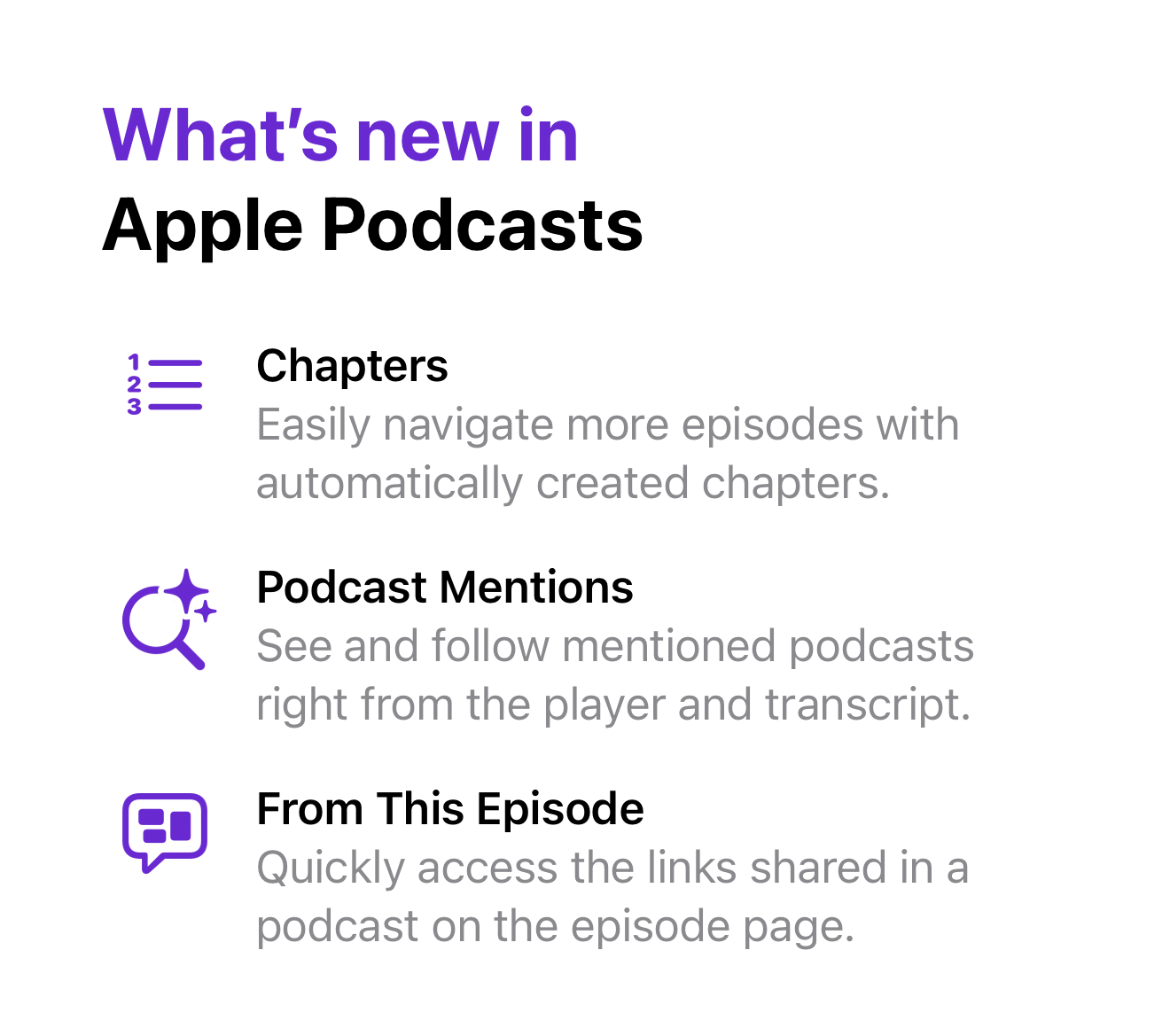
Apple Podcasts is getting upgrades that tackle genuine pain points:
Automatic Chapter Generation: For the first time, Apple is auto-generating podcast episode chapters. Previously, producers had to manually create chapter titles and timestamps—or episodes just didn't have them. The Podcasts app will now do this automatically, making it easier to navigate longer episodes and jump to specific segments.
We'll need to see how well this works in practice. The quality of automatic chapter generation depends entirely on how good Apple's algorithm is at identifying natural breaks and topic shifts. But if it works even reasonably well, this could be significant for both listeners and creators.
Podcast Mentions: Ever listen to a podcast where the host recommends another show, make a mental note to check it out later, and then promptly forget about it? Apple's solving this with Podcast Mentions—referenced podcasts will surface directly in the player and transcript. When a show mentions another podcast, you'll be able to see and follow it right there.
This is especially useful because podcast discovery is still surprisingly manual in 2025. Most people find new shows through word-of-mouth recommendations, but actually following through on those recommendations requires friction. This removes that friction.
From This Episode: "Links in the show notes" is one of the most common podcast phrases, but actually finding those links in a messy description field is often a nightmare. The new From This Episode feature creates a dedicated section for episode links, making them easily accessible on the episode page.
Support appears limited in this first beta—likely because it requires podcast producers to format their show notes in a specific way—but this could be a game-changer for podcast engagement once it's fully rolled out.
These aren't flashy features. They're not going to make headlines. But they address real frustrations with how people actually use Apple Podcasts. That matters more than flashy features nobody asked for.
Apple Watch Sleep Score Gets Honest
Sleep Score was one of watchOS 26's standout features—a nightly assessment of your sleep quality based on duration, timing, and interruptions. The problem? It was too nice. Users complained that the scoring was too generous, handing out "Excellent" ratings for nights when they felt like garbage the next morning.
Apple's fixing that in watchOS 26.2 with recalibrated thresholds:
Old Classifications:
- Very Low: 0-29
- Low: 30-49
- OK: 50-69
- High: 70-89
- Excellent: 90-100
New Classifications:
- Very Low: 0-40
- Low: 41-60
- OK: 61-80
- High: 81-95
- Very High: 96-100
The changes are significant. A score of 70—which used to get you "High"—now only qualifies as "OK." To reach the new "High" tier, you need 81 points. The top tier has been renamed from "Excellent" to "Very High" and now requires a near-perfect 96+.
Apple says "Very High" is more objective than "Excellent," which makes sense. Sleep Score isn't supposed to predict how you'll feel that day—it's an objective measurement based on medical guidelines from organizations like the American Academy of Sleep Medicine. The new naming should reduce confusion when your score doesn't match your subjective experience.
These adjustments come from data Apple gathered through its Heart and Movement Study. Essentially, as Apple collected more real-world data, it became clear the original thresholds were too lenient.
If you've been coasting on "High" or "Excellent" scores, prepare for a reality check. The stricter thresholds should make Sleep Score a more meaningful benchmark for improvement rather than just a digital pat on the back.
What This Update Really Means
iOS 26.2 isn't exciting. It won't drive upgrade cycles. It won't generate think pieces about Apple's future direction.
But it's exactly the kind of update that demonstrates whether a company is actually listening to how people use its products. The News navigation changes acknowledge the app's evolution. The Podcasts features tackle real usability problems. The Sleep Score recalibration shows Apple is willing to make users work harder for achievement badges if it means the data is more accurate.
These are refinements, not revolutions. And that's fine. Not every update needs to be revolutionary.
The developer beta is available now. Public betas should follow in the coming weeks, with a final release likely landing in early December.
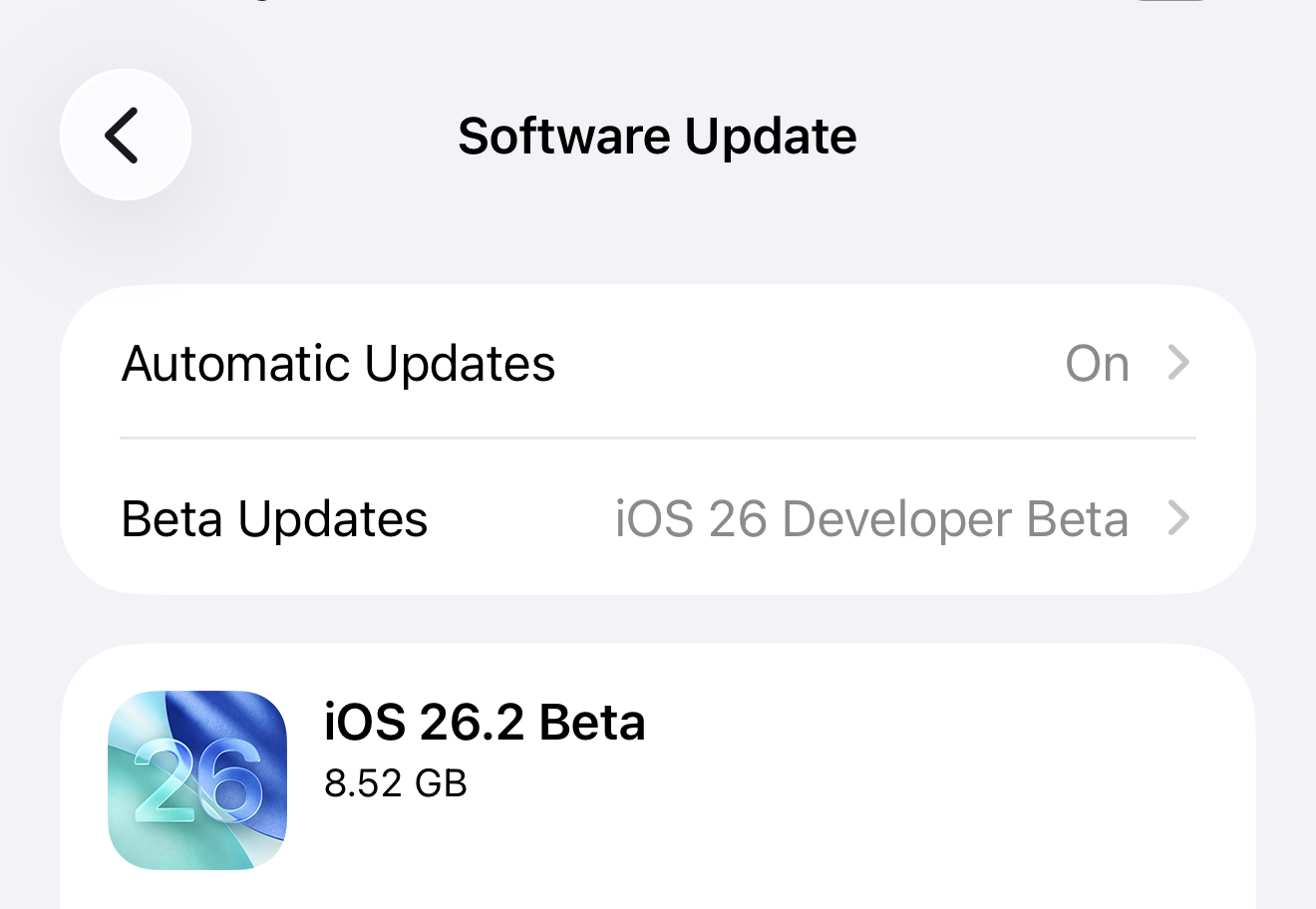


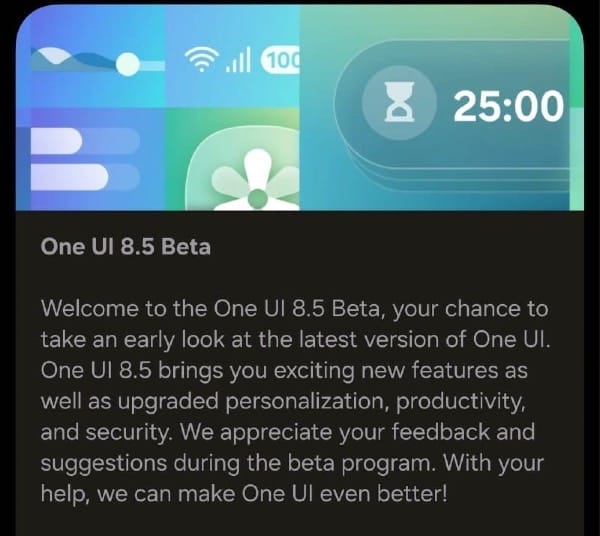
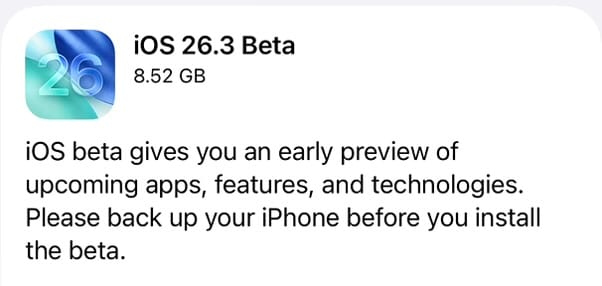







Discussion